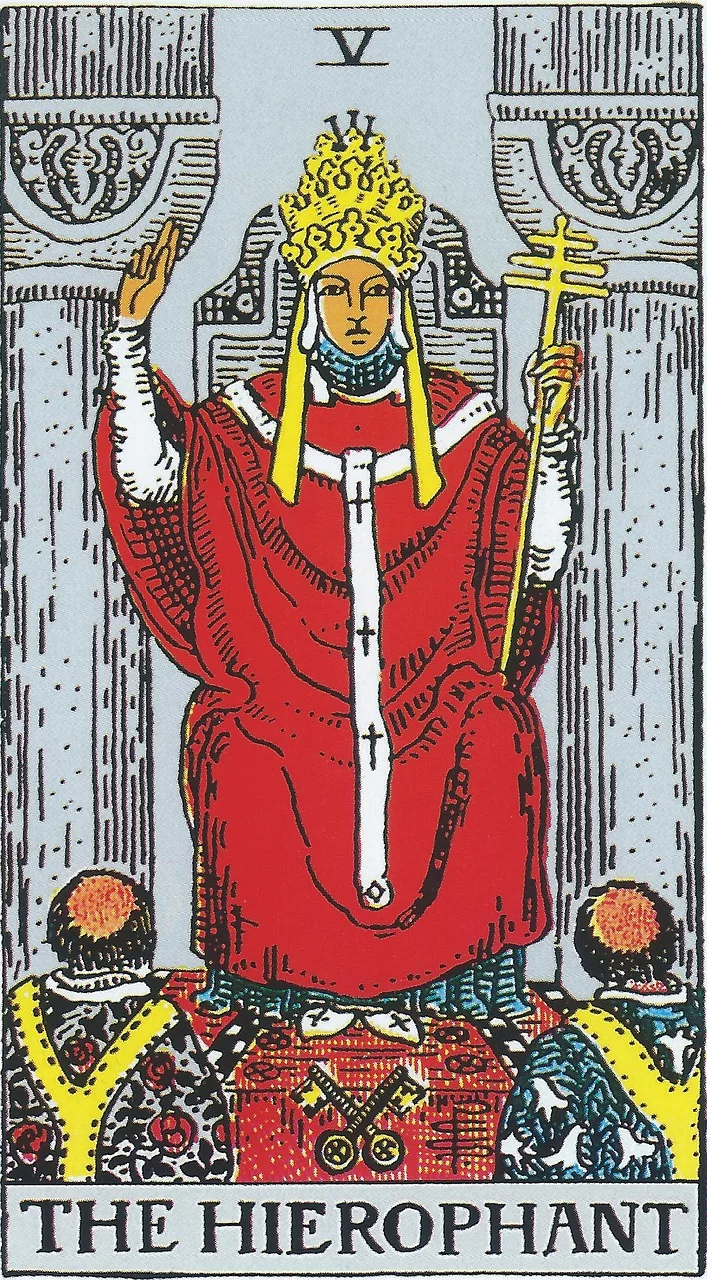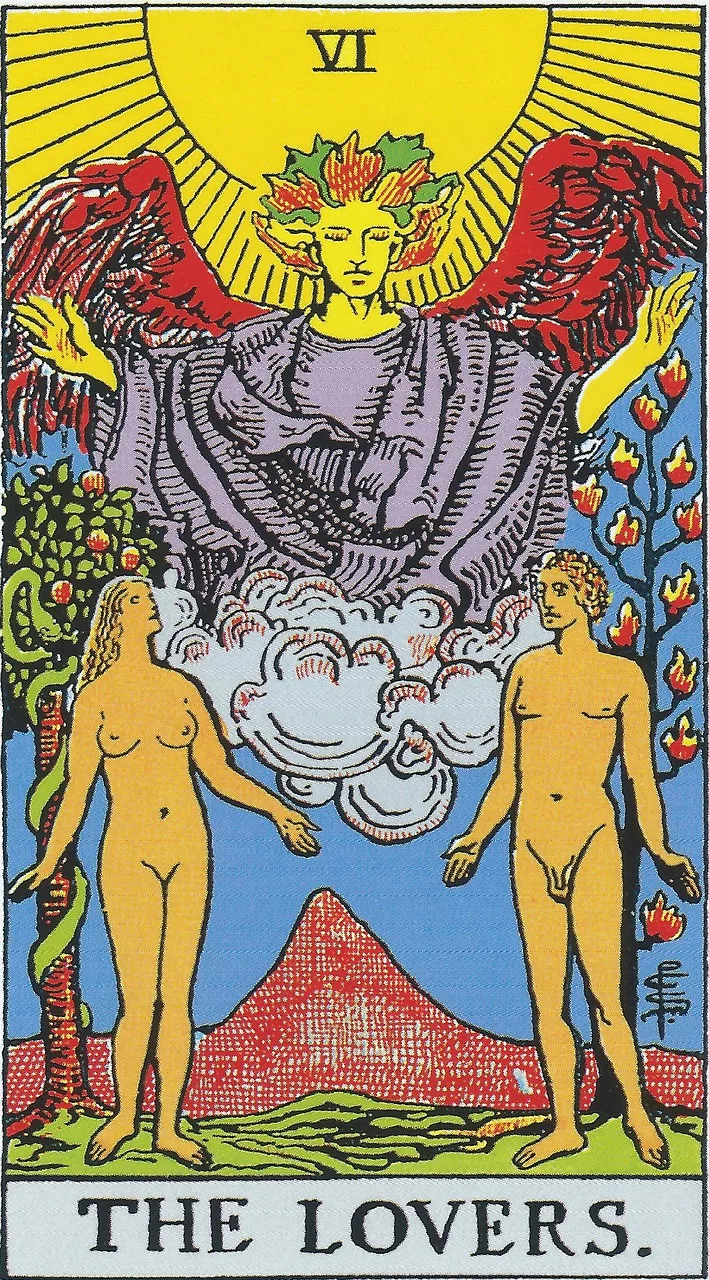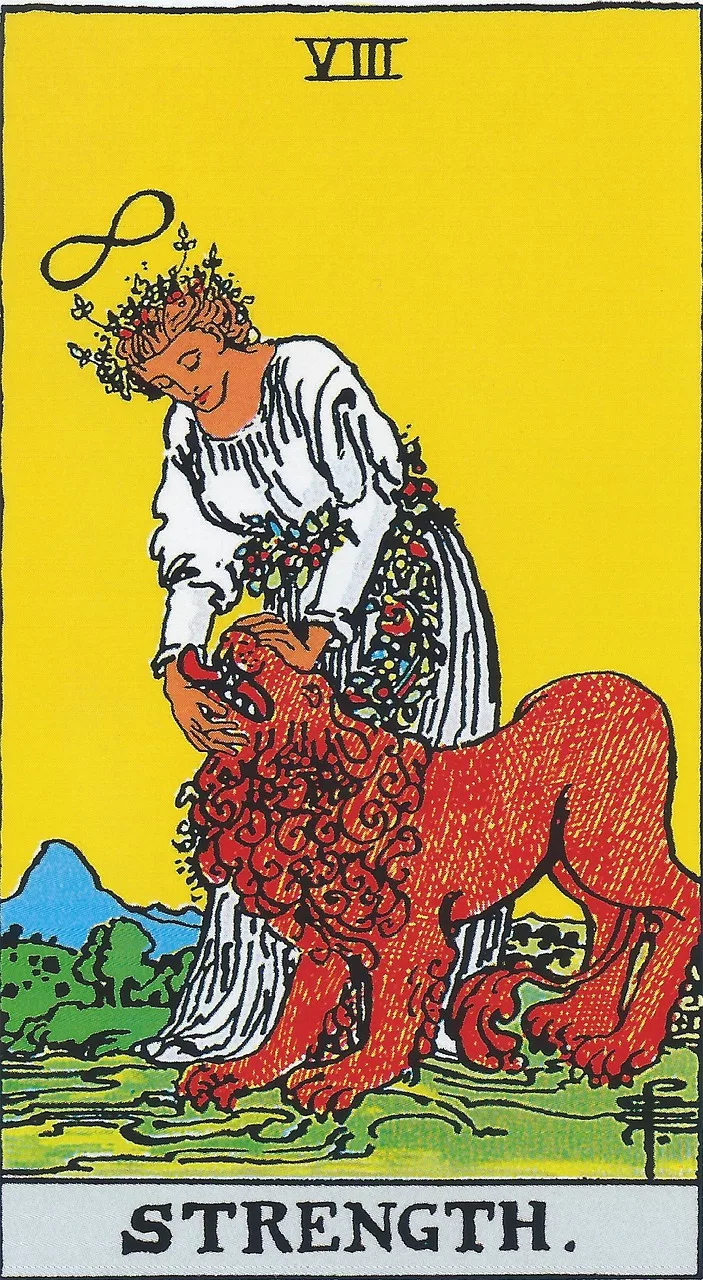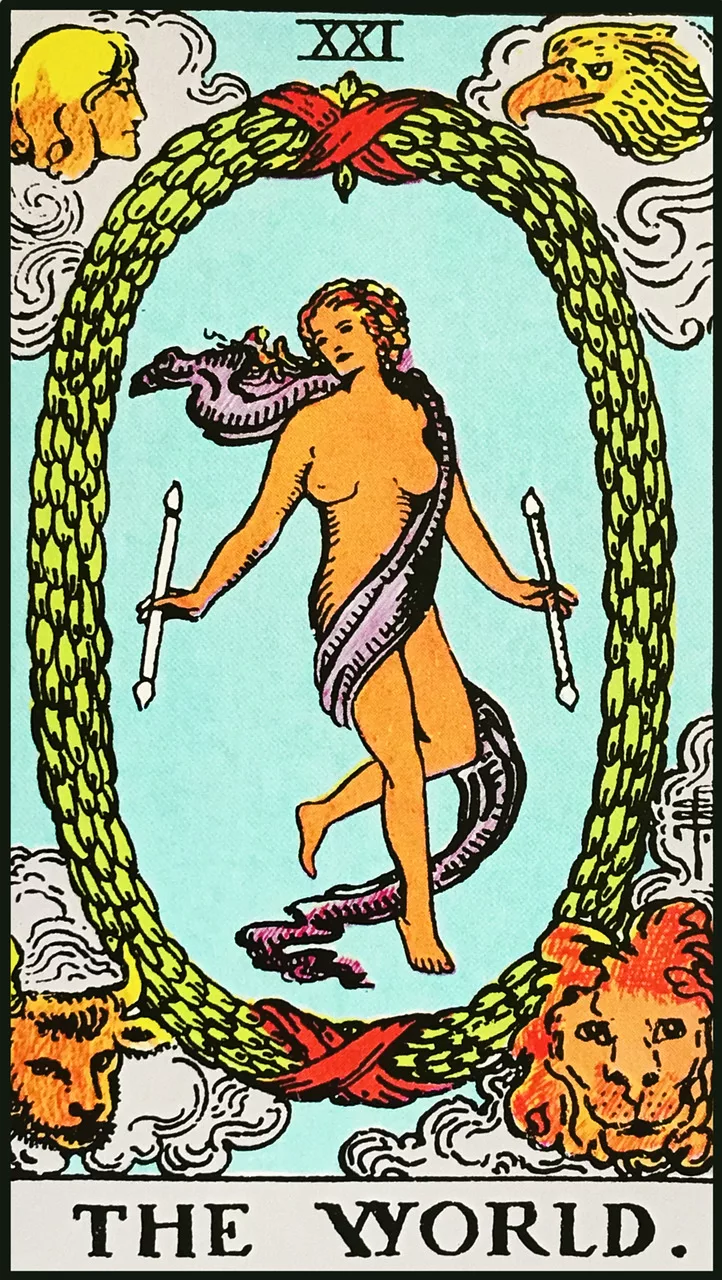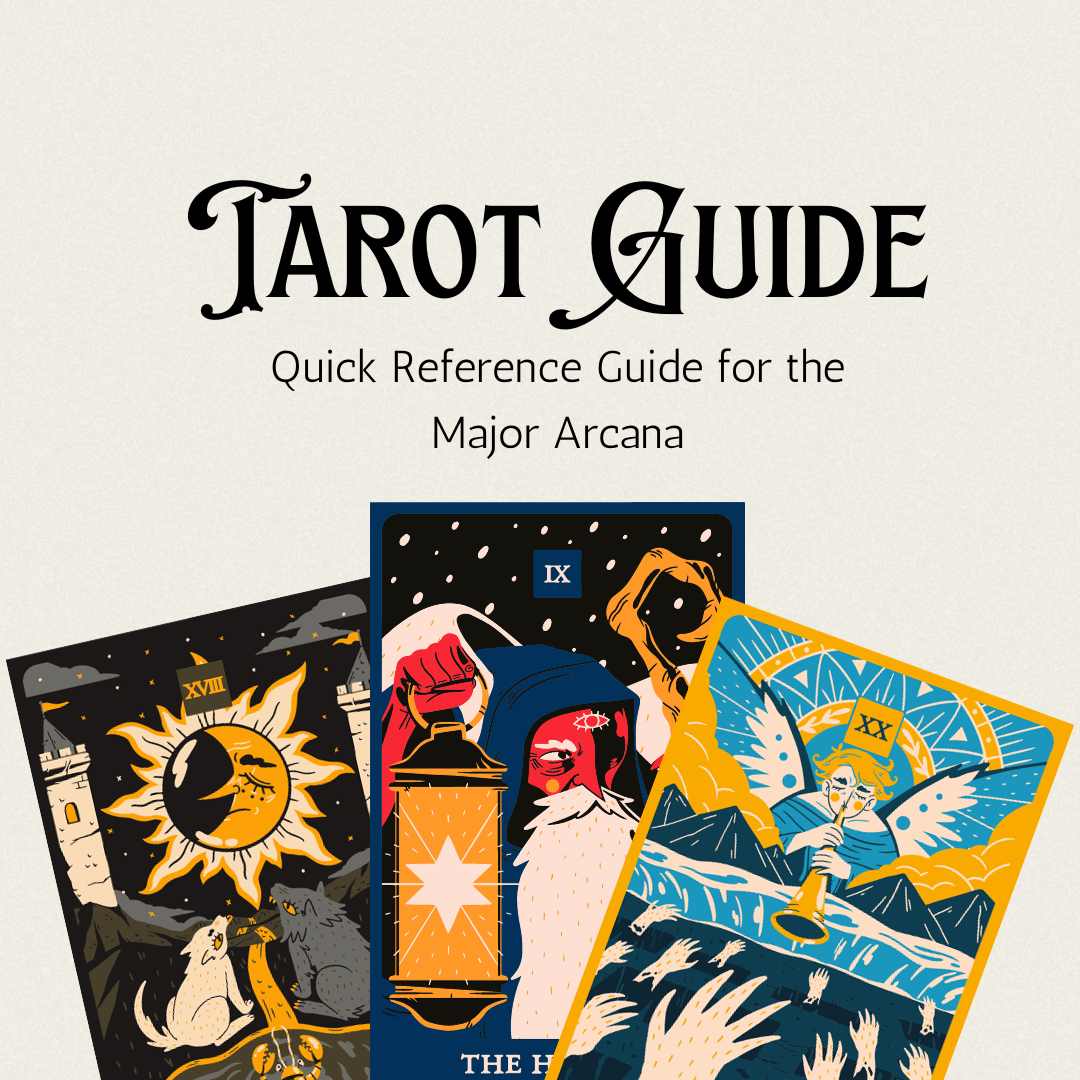The Hierophant is one of the most mysterious and enigmatic cards in the tarot deck. It is often associated with religious or spiritual themes, and is said to represent a connection to the divine. In this article, we will explore the Hierophant tarot meaning in depth, and examine the symbolism and interpretation of this fascinating card.
The Hierophant is usually depicted as a religious figure, often a priest or pope, seated on a throne and holding a staff or scepter. The card is associated with tradition, ritual, and ceremony, and is said to represent the role of the spiritual leader in guiding others towards enlightenment. Some interpretations suggest that the card represents a need for structure and order in our lives, and a desire to connect with something greater than ourselves.
In this article, we will delve into the many layers of meaning behind the Hierophant tarot card, and explore the different ways in which it can be interpreted. Whether you are a seasoned tarot reader or a curious beginner, we hope that this article will provide you with a deeper understanding of this powerful and complex card.
Hierophant Tarot Card Overview~ The Hierophant Tarot Meaning
The Hierophant Tarot Card is the fifth card of the Major Arcana Card in the Tarot Deck. It is also known as the High Priest or the Pope. The Hierophant card represents a spiritual leader who guides us towards a higher consciousness.
The Hierophant Tarot Card description is that of a religious figure, often depicted in robes and a headdress, sitting on a throne with two pillars on either side. In some Tarot decks, the Hierophant is holding a scepter or a book. The pillars represent the duality of life and the Hierophant’s role as a mediator between the spiritual and physical worlds.
The Hierophant card is associated with traditions, institutions, and established beliefs. It represents the need for structure and order in our lives. It can also suggest a need for guidance and mentorship from someone who has more experience or knowledge in a particular area.
In a Tarot reading, the Hierophant card can indicate a need to seek guidance from a spiritual or religious leader, or to follow established traditions and beliefs. It can also suggest a need for more structure and discipline in our lives.
Overall, the Hierophant Tarot Card is a powerful symbol of guidance, structure, and tradition. Its message is one of seeking higher knowledge and understanding, and of finding a mentor or guide to help us on our spiritual journey.
Symbolism on the Hierophant Card~ The Hierophant Tarot Meaning
The Hierophant card is one of the most important cards in the Tarot deck. It is the fifth major arcana card and represents the spiritual authority and wisdom. In this section, we will explore the symbolism on the Hierophant card.
Sacred Imagery
The Hierophant card is rich in sacred imagery. In the center of the card, we see the Hierophant himself, sitting on a throne. He is wearing a red robe and a white headdress, which symbolize his spiritual authority. On his right hand, he holds a scepter, which represents his power. On his left hand, he holds a book, which symbolizes wisdom and knowledge.
Behind the Hierophant, we see a large stained glass window with a cross in the center. The cross represents the crucifixion of Christ and the sacrifice that he made for humanity. Above the cross, we see the holy trinity symbolized by three circles. The holy trinity represents the Father, the Son, and the Holy Spirit.
On either side of the Hierophant, we see two pillars with horizontal bars. These pillars represent the duality of nature and the balance between opposing forces. The horizontal bars represent the material world and the spiritual world.
Hierophant’s Position
The position of the Hierophant is also significant. In the upright position, the Hierophant represents spiritual authority, tradition, and conformity. He is the bridge between the divine and the earthly realms. He represents the established order and the rules that govern society.
In the reversed position, the Hierophant represents rebellion, non-conformity, and breaking away from tradition. He represents a rejection of the established order and a desire for personal freedom. The reversed Hierophant encourages us to question authority and to think for ourselves.
At the feet of the Hierophant, we see two crossed keys. These keys represent the keys to knowledge and wisdom. They symbolize the power to unlock the mysteries of the universe and to gain access to the divine.
In the Hierophant’s right hand, we see a papal cross. This cross represents the spiritual authority of the Catholic Church and the Pope. It symbolizes the power of the Church to guide and direct the spiritual lives of its followers.
In the Hierophant’s left hand, we see a book. This book represents the knowledge and wisdom that the Hierophant possesses. It symbolizes the importance of learning and education in the spiritual life.
Overall, the Hierophant card is a powerful symbol of spiritual authority and wisdom. It encourages us to seek knowledge, wisdom, and understanding in all areas of our lives.
The Hierophant Tarot Meaning
When it comes to the Hierophant tarot card, there are a few interpretations that can be made. This card is often associated with tradition, religion, and spirituality. It can also be seen as representing a teacher or mentor figure, someone who guides us in our spiritual journey.
The Hierophant tarot card is often depicted as a religious figure, such as a pope or high priest. This is because it represents the wisdom of the spiritual leaders who have come before us. This card can also be seen as a reminder to connect with our own spiritual traditions and beliefs.
In terms of the Hierophant tarot card meanings, it can represent a need for structure and order in our lives. This card can also indicate that we need to seek out guidance from someone who has more experience or knowledge than we do. It can also be a sign that we need to connect more deeply with our own spiritual beliefs and practices.
The wisdom of the Hierophant is not just limited to religious or spiritual matters. This card can also represent the wisdom of tradition and the importance of respecting the knowledge and experience of those who have come before us. It can also be a reminder to seek out wisdom and guidance from those who have more experience than we do.
Overall, the Hierophant tarot card can be a powerful reminder of the importance of tradition, knowledge, and spiritual guidance. Whether we are seeking guidance from a mentor or connecting more deeply with our own spiritual beliefs, this card can help us to find the wisdom we need to navigate our spiritual journey.
Hierophant in Different Readings~ The Hierophant Tarot Meaning
When it comes to tarot readings, the Hierophant card can have different meanings depending on the type of reading being done. In this section, we will explore the Hierophant in love readings, career readings, health, and financial matters.
Love Readings
In love readings, the Hierophant can represent a committed and traditional relationship. It can indicate that the person is looking for a long-term partner and is ready to settle down. The card can also signify a strong spiritual connection between two people.
If the Hierophant appears in a love reading for someone who is single, it could mean that they are ready to meet someone who shares their values and beliefs. It can also indicate that they need to focus on personal growth before entering into a relationship.
Career Readings
In career readings, the Hierophant can represent a traditional and structured work environment. It can indicate that the person is looking for stability and security in their job. The card can also signify a need for a mentor or guidance from someone with more experience.
If the Hierophant appears in a career reading for someone who is looking for a new job, it could mean that they need to focus on networking and building relationships with people in their industry. It can also indicate that they need to be patient and wait for the right opportunity to come along.
Health and Financial Matters
In health and financial matters, the Hierophant can represent the need for structure and discipline. It can indicate that the person needs to be more organized and focused in their approach to their health or finances. The card can also signify the need for guidance from a professional or expert.
If the Hierophant appears in a reading for someone who is struggling with their health, it could mean that they need to focus on their mental and emotional well-being as well as their physical health. It can also indicate that they need to seek guidance from a healthcare professional.
In financial matters, the Hierophant can represent the need for a budget and a structured approach to managing money. It can indicate that the person needs to be more disciplined in their spending habits and focus on long-term financial goals. The card can also signify the need for guidance from a financial advisor or expert.
Overall, the Hierophant card can have different meanings depending on the type of reading being done. It is important to consider the context of the reading and the other cards that appear in the spread to get a clear understanding of its meaning.
Hierophant’s Spiritual Significance
When it comes to the spiritual significance of the Hierophant tarot card, we can explore a variety of themes and concepts that are relevant to our spiritual path. The Hierophant is often seen as a religious figure or spiritual leader who provides guidance and wisdom to those who seek it. This card can represent our spiritual teachers, higher power, or spiritual community that helps us on our spiritual journey.
The Hierophant is associated with spiritual knowledge and wisdom, and can represent the spiritual practices and rituals that we engage in to deepen our connection to the divine. This card can also symbolize our spiritual guide or mentor who helps us navigate the spiritual realms and connect with the spiritual world.
One of the key messages of the Hierophant is the importance of spiritual connection. This card reminds us that we are not alone on our spiritual journey and that we can find support and guidance from those around us. The Hierophant encourages us to seek out spiritual community and to connect with others who share our spiritual beliefs and practices.
Overall, the Hierophant tarot card holds great spiritual significance and reminds us of the importance of seeking out spiritual guidance, connecting with others on our spiritual journey, and deepening our spiritual practices and knowledge.
Hierophant and Personal Beliefs
When it comes to the Hierophant tarot card, personal beliefs play a significant role in interpreting its meaning. As we project our personal stories into the card meanings, we must consider how our own beliefs and values shape our understanding of this card.
The Hierophant is often associated with traditional values, religious and spiritual beliefs, and societal norms. It represents the status quo and the established order. However, it is important to note that the Hierophant does not necessarily represent conformity to these values. Instead, it can symbolize the exploration and questioning of these norms and beliefs.
For some, the Hierophant may represent family traditions or traditional beliefs that have been passed down through generations. It can also represent spiritual values and beliefs that guide us on our own path. However, it is essential to remember that our own belief systems and core values shape our understanding of this card.
The Hierophant can also represent the idea of finding our own way and creating our own rules. It is a reminder that we do not have to conform to societal norms or traditional values if they do not align with our own beliefs. Instead, we can create our path and follow our own beliefs and values.
In summary, the Hierophant tarot card can be interpreted in various ways depending on our personal beliefs and values. It can represent traditional values, religious beliefs, societal norms, family traditions, and spiritual values. However, it can also symbolize the exploration and questioning of these norms and beliefs, as well as the idea of creating our path and following our own rules.
Hierophant Reversed
When the Hierophant is reversed, we may encounter challenges in our spiritual journey. This card can indicate a lack of faith or a feeling of being disconnected from our higher purpose. We may be struggling to find meaning in our lives, or feeling lost and uncertain about our path forward.
The reversed Hierophant can also signify a rejection of tradition or established beliefs. We may be questioning the teachings of our religion or spiritual practice, or feeling disillusioned with the institutions that uphold them. This can be a difficult time, as we may feel like we are adrift without a clear sense of direction.
It is important to remember that the Hierophant reversed does not necessarily have a negative connotation. Instead, it can be seen as an opportunity to explore new ideas and beliefs, and to forge our own path forward. We may need to let go of old habits and patterns that no longer serve us, and embrace a more individualistic approach to spirituality.
Some ways to work with the energy of the reversed Hierophant include:
- Exploring new spiritual practices or belief systems
- Questioning established beliefs and traditions
- Letting go of old patterns and habits
- Embracing a more individualistic approach to spirituality
Overall, the reversed Hierophant can be a challenging card to work with, but it offers us the opportunity to grow and evolve in our spiritual journey. With an open mind and a willingness to explore new ideas, we can find our way back to our higher purpose and discover a deeper sense of meaning in our lives.
Hierophant’s Role in Tarot Reading
The Hierophant is a significant card in a Tarot reading. It represents a spiritual guide or teacher, and its appearance in a reading can indicate the need for guidance or a search for spiritual meaning. As Tarot enthusiasts of all experience levels know, the Hierophant is a card that can be interpreted in many ways, depending on the context of the reading.
When considering the Hierophant’s role in a Tarot reading, we must look at the card’s meaning in relation to the current situation or recent decision being examined. For example, if the Hierophant appears in a reading about a career change, it could indicate the need for guidance from a mentor or spiritual advisor. Alternatively, it could suggest that the seeker is being called to a higher purpose or a more meaningful path.
Reading techniques such as spread interpretation can also play a role in understanding the Hierophant’s message. For example, in a three-card spread, the Hierophant could represent the past, present, or future depending on its placement. In a Celtic Cross spread, the Hierophant could represent the seeker’s hopes and fears or the final outcome of the reading.
Overall, the Hierophant is a card that should be approached with respect and reverence. As Tarot enthusiasts, we must remain open to its message and be willing to seek guidance when necessary. Whether we are seeking spiritual meaning or practical advice, the Hierophant can offer valuable insights into our lives and the decisions we make.
Conclusion
We have explored the Hierophant Tarot card in depth, examining its meaning and significance in various contexts. Through our exploration, we have gained valuable insights into the history of tarot cards and their use in cartomancy systems.
The Hierophant card represents tradition and conformity to social norms, but it can also signify a need to break free from our comfort zones and explore unconventional methods. It is a card that encourages personal growth and reminds us that there are different ways of seeing the world.
In the Wild Unknown Tarot, the Hierophant is depicted as a stone circle, representing the physical world and our connection to it. It is a reminder to stay grounded and connected to the natural world around us.
Overall, the Hierophant is one of the more positive cards in the tarot deck, reminding us that tradition and structure can be valuable tools for growth and personal development. It encourages us to embrace the old world while also being open to new traditions and ways of thinking.
